Biota Captive-Bred Radial Filefish
$69.99
-
Select Variant
Captive-Bred Radial Filefish have a unique advantage over wild caught species. They are stronger and more at ease with conditions in home aquariums. This makes them an excellent choice for beginners and experienced aquarists.
The Biota Captive-Bred Radial Fish is an amazing fish, perfectly adjusted to life on coral. It has intricate cryptic markings that permit the fish to seamlessly blend with corals, particularly Xenia soft corals. Additionally, it is able to rapidly alter color and patterns to easily disguise or hide. Radial Filefish are believed to have a symbiotic connection to Xenia soft corals (very like the relationship between anemones and clownfish) that is why the Radial Filefish is given a safe habitat amongst the pulsing Xenia polyps. In the wild, Radial Filefish are spread across the Western Pacific Ocean from the Ryukyu Islands, through the Philippines, Indonesia, Australia, and even to New Caledonia.
The Biota Captive-Bred Radial Filefish must be kept in a shady 30 gallon or larger tank with live rocks, live sand as well as plenty of hiding spots. This Biota Captive-Bred Radial Filefish is an inquisitive and timid fish that is not known to show aggression toward other fish, except for the ones belonging to its specific Genus. But, several Radial Filefish are able to be housed in bigger aquariums without causing any flare-ups over territorial areas or resources. Make sure you keep this Filefish alongside other fish with similar behavior and avoid keeping more aggressive ones. This Biota Captive-Bred Radial Filefish is able to be kept safely in a reef aquarium, but with cautious consideration that it might occasionally nibble at soft and hard corals. Males are easy to distinguish from females because male Radial Filefish exhibit a collection of bristles/spines that grow in the base of their peduncle.
Overall Biota Captive-Bred Radial Filfish is a calm and curious fish that is a great choice. It loves studying and exploring its surroundings. It utilizes its large, rotating eyes to continuously monitor any possible food items and predators. It is also believed to be observing the actions of its owners. Their wacky movements and fascinating personality provide an endless amount of entertainment.
Its diet should comprise a range of meaty food and vegetable matter, such as shredded shrimp, squid, mysis shrimp, scallops, and freeze-dried krill that has been soaked in vitamin supplements as well as frozen sea algae. It needs to be fed small amounts of food at least once each day.
Approximate Purchase Size: 1/2" to 1-1/2"
- Description
- Additional Information
- Reviews
Biota Captive-Bred Radial Filefish Info
Although not always suitable for the typical tank, the cute small radial files, which are captive-bred (Acreichthys radiatus) are ideal for fish-only aquariums. They are very durable and highly recommended for beginners. This species is more intricately designed and brightly colored than the closely-related Aiptasia-Eating-Filefish (Acreichthys tomentosus).
size
Large, Medium, Small
Units
1
Weight
6 lbs
Dimensions
1 × 1 × 1 in

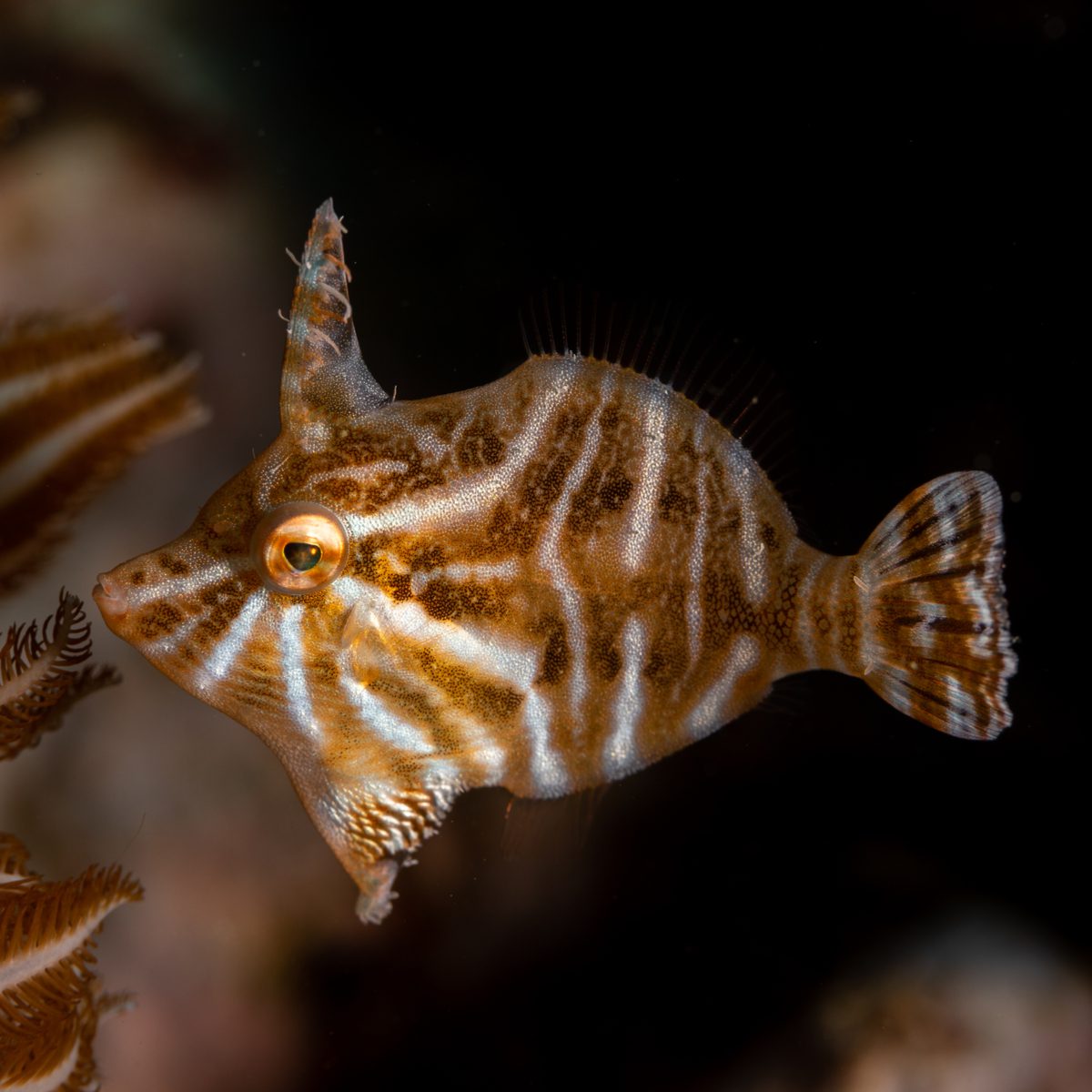
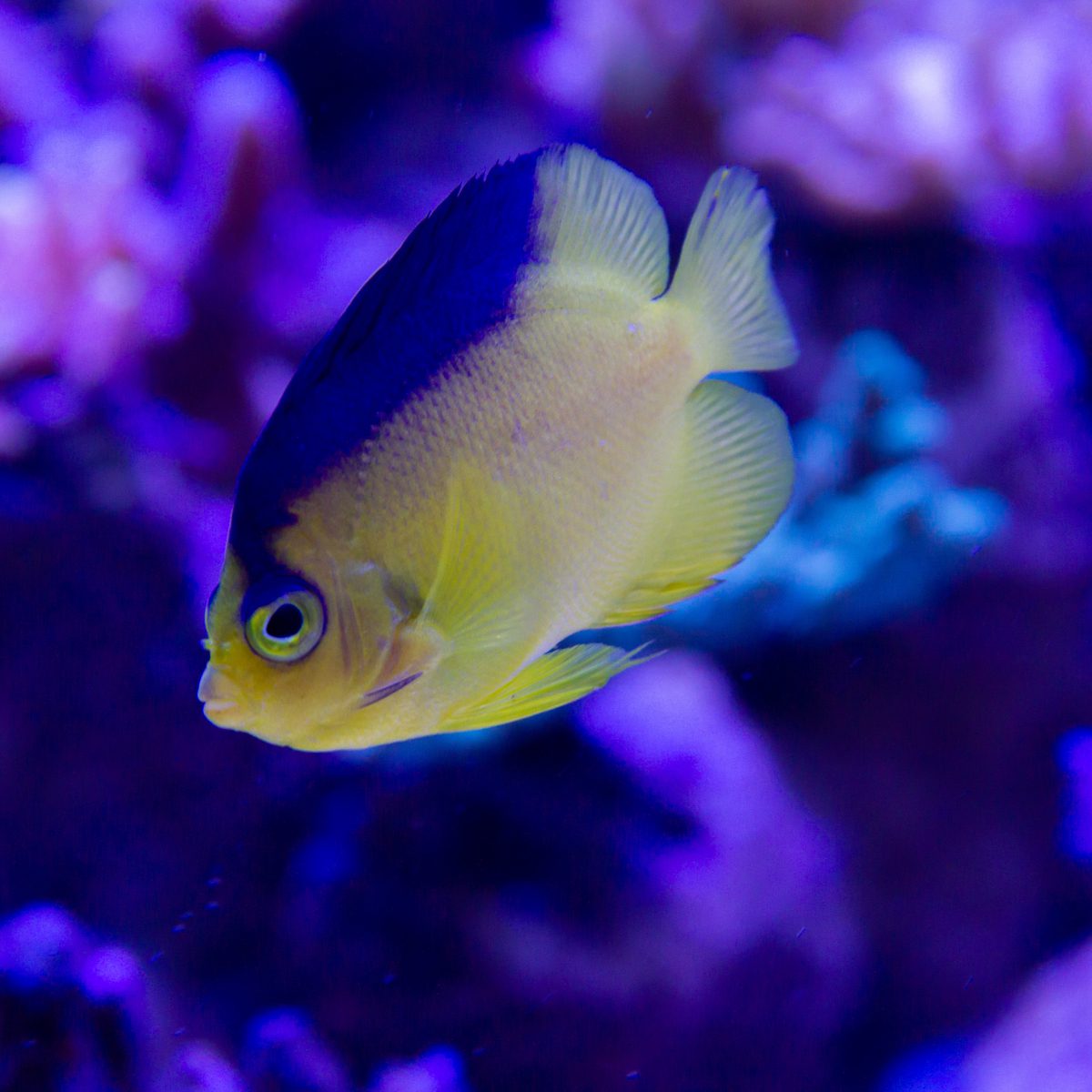
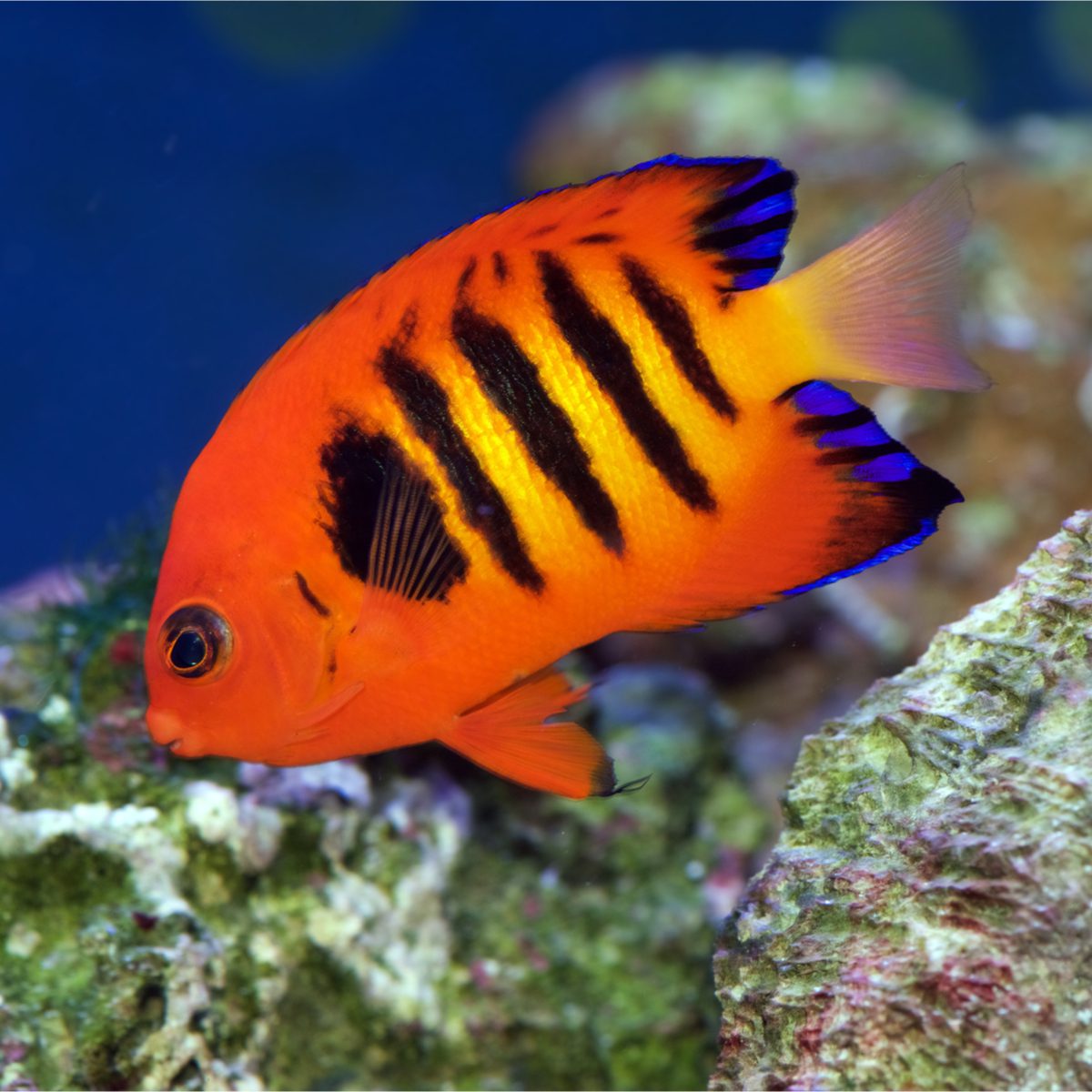
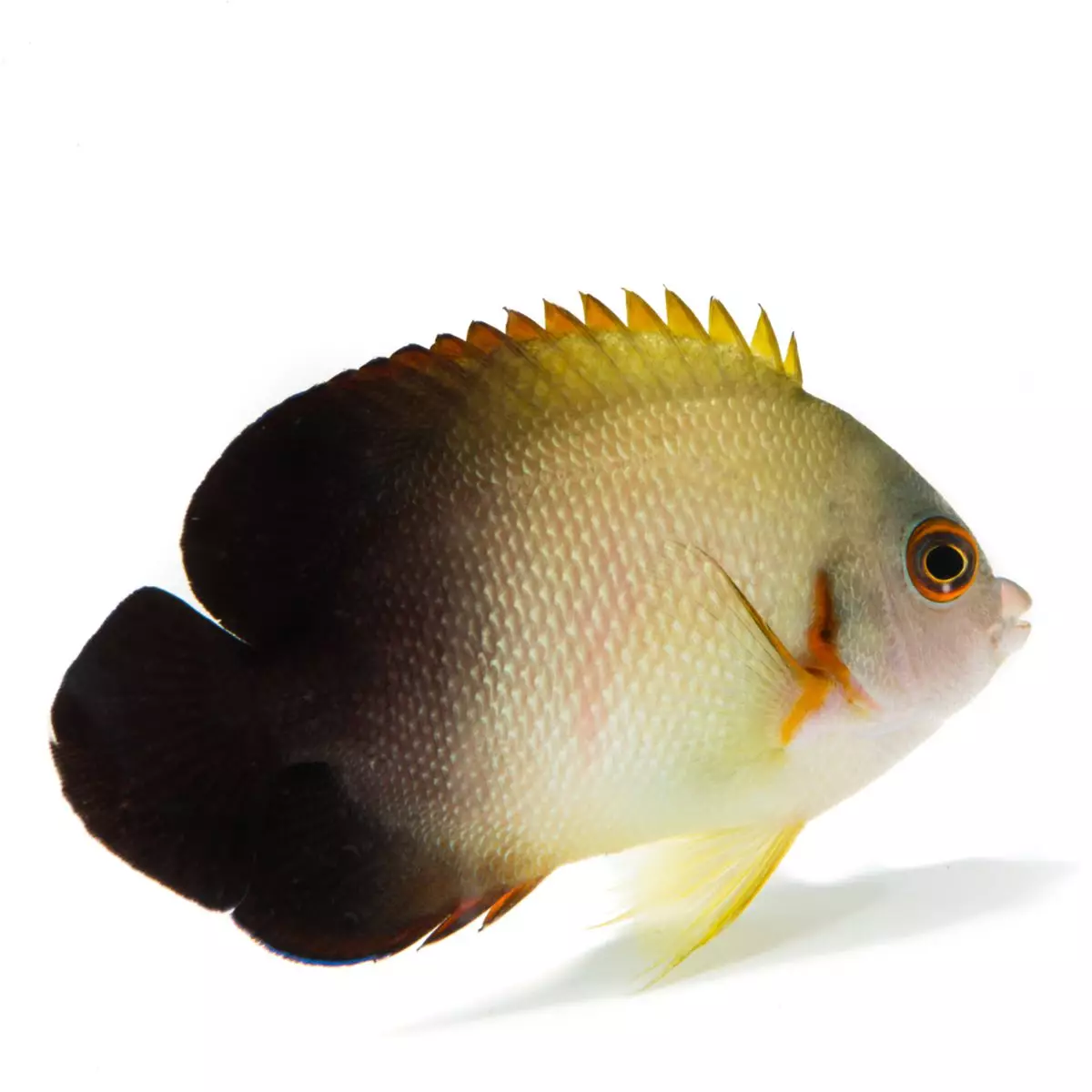
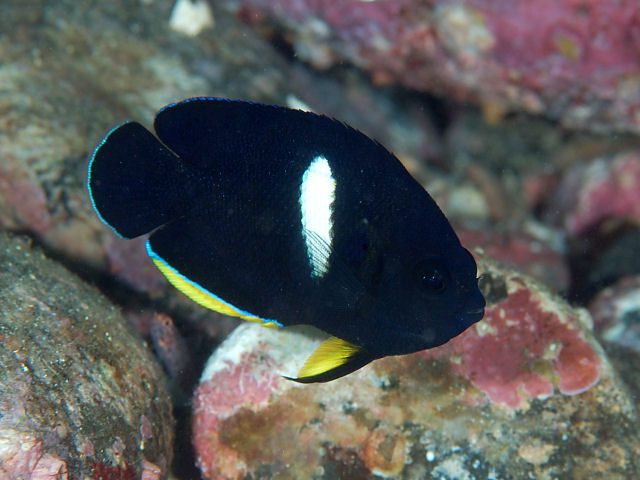
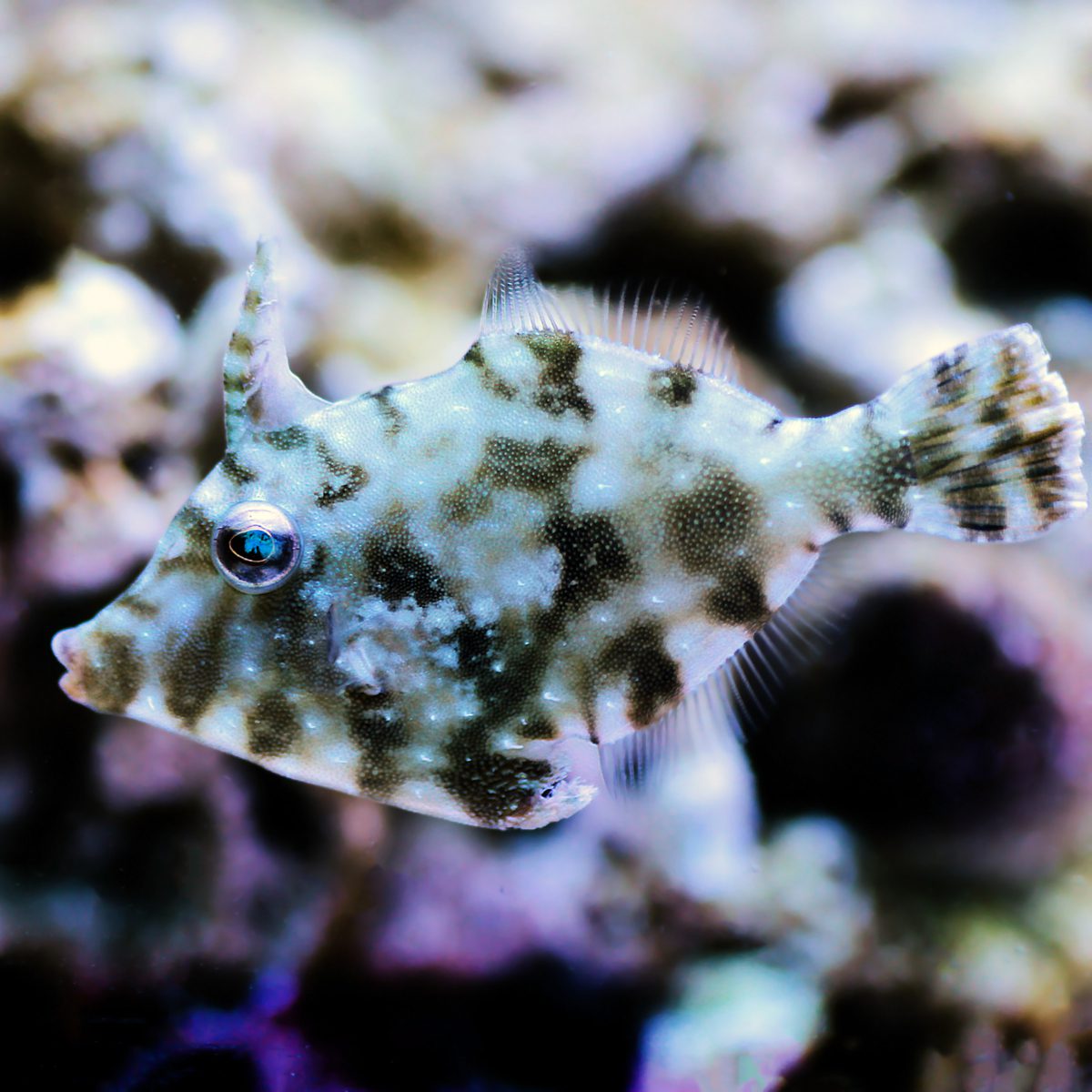
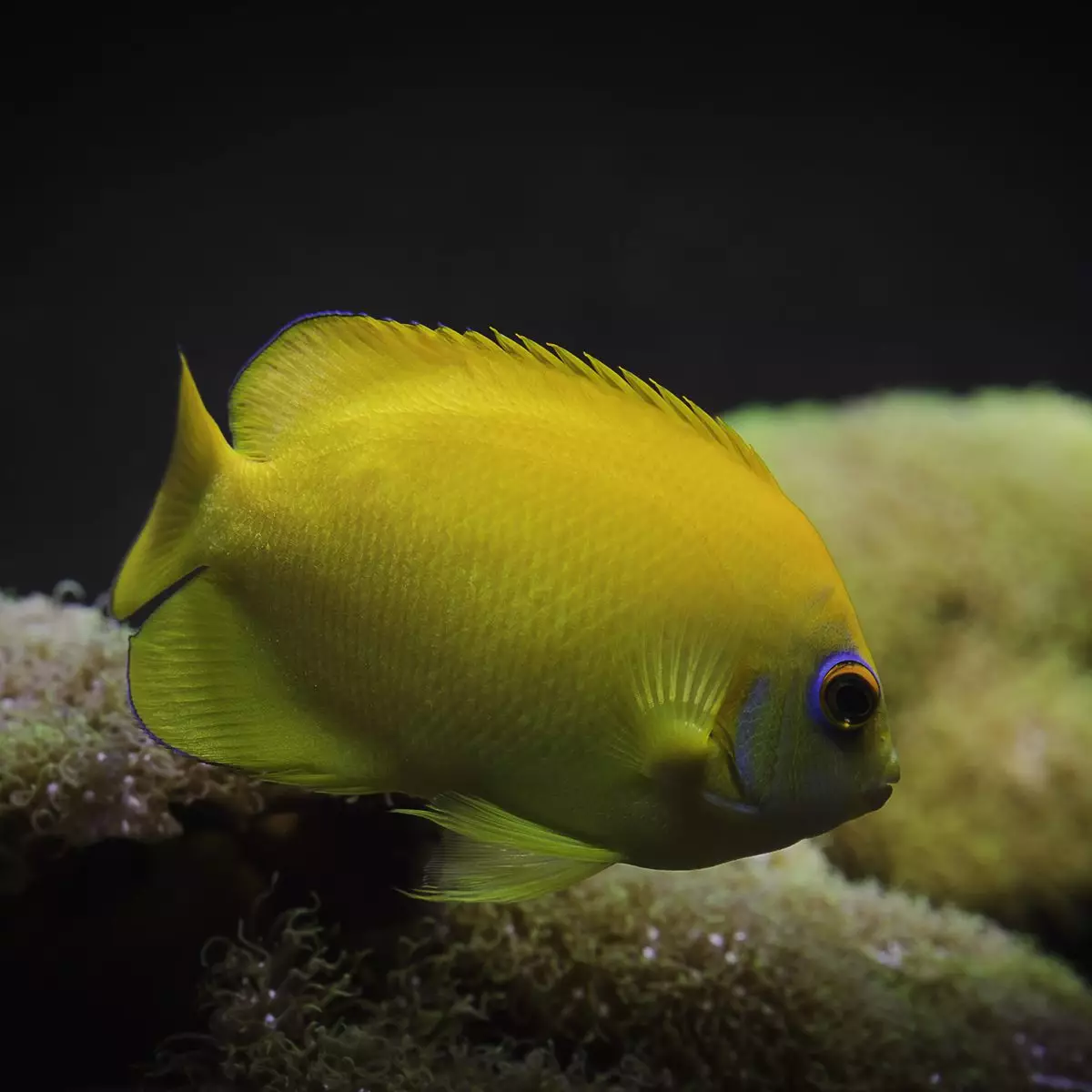
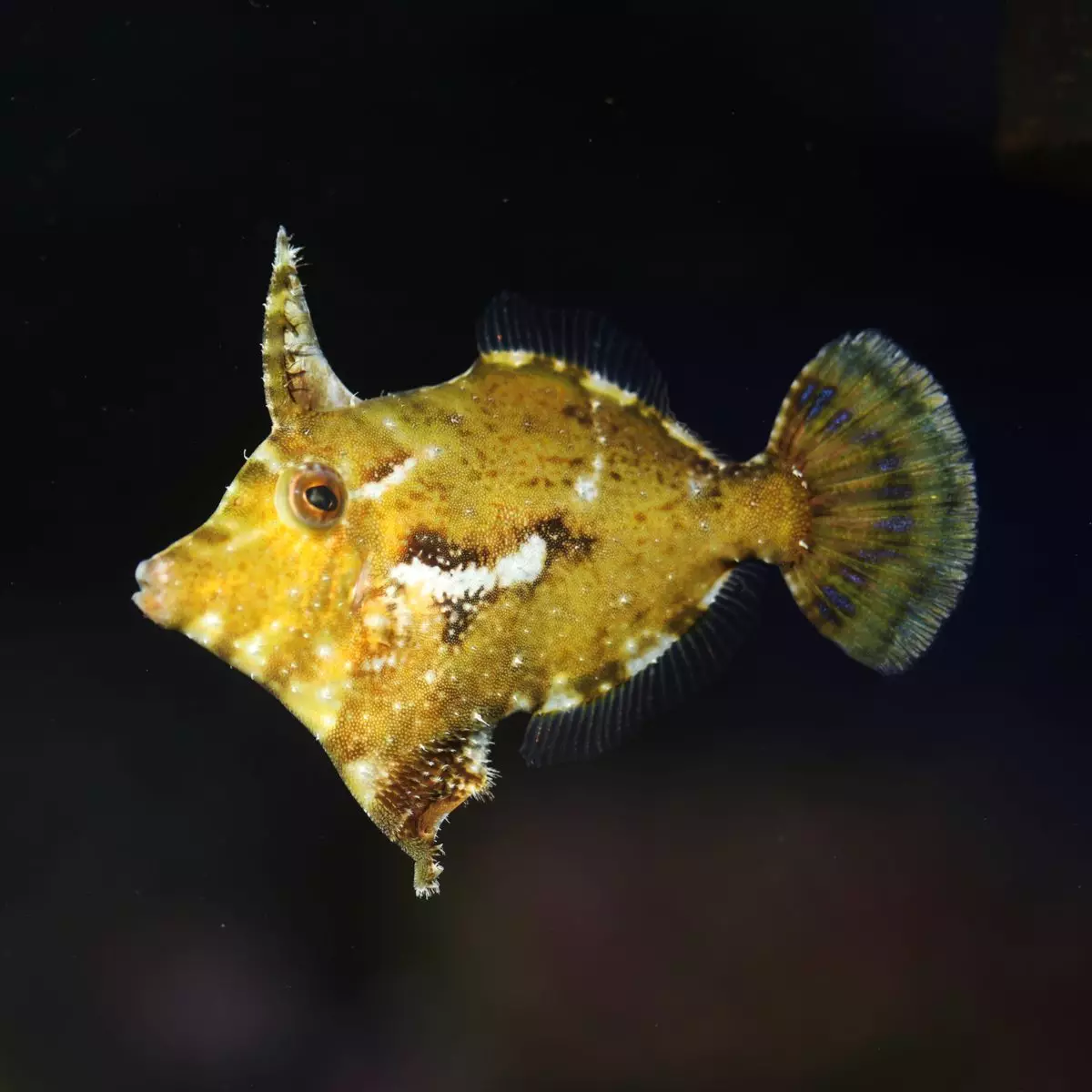
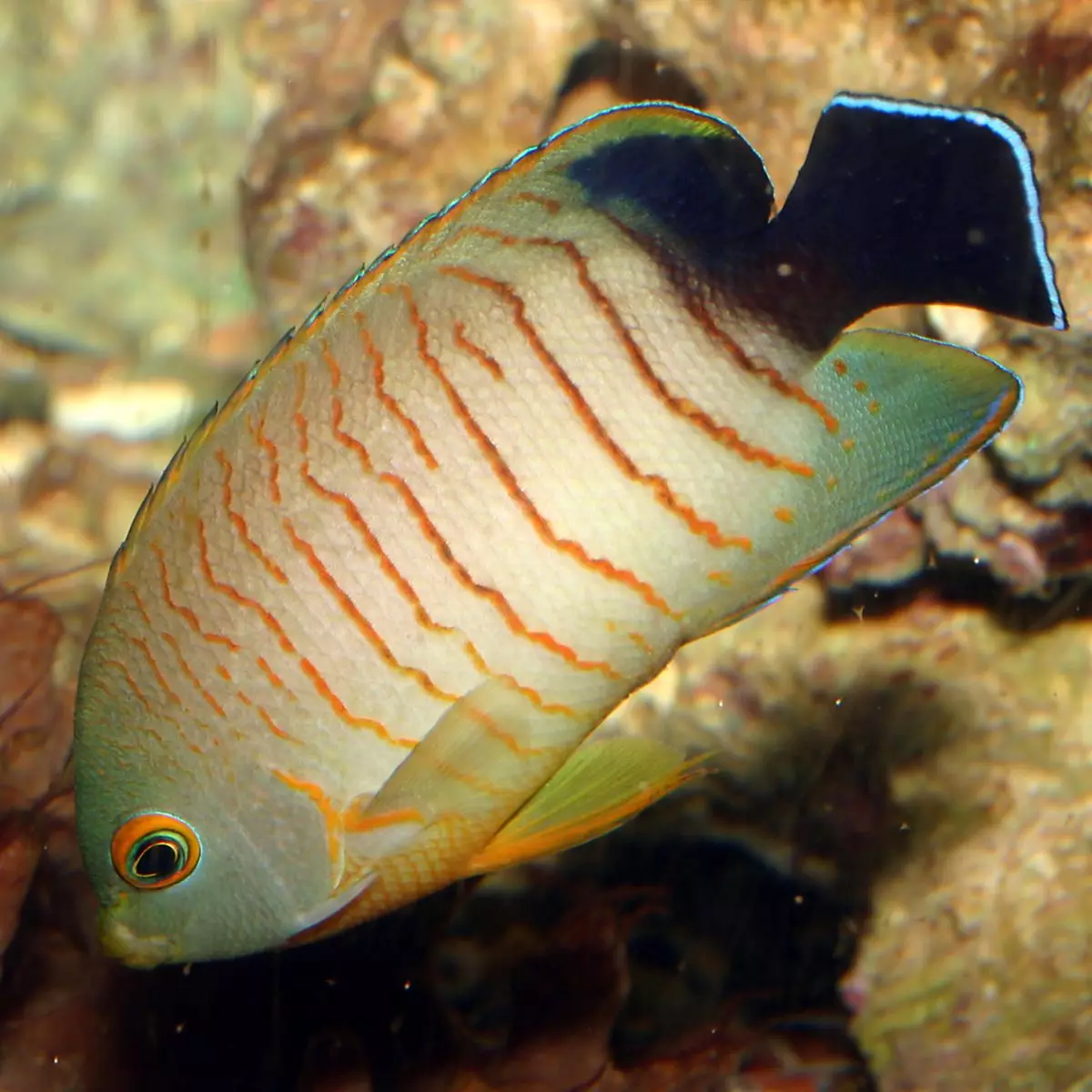

Reviews
There are no reviews yet.